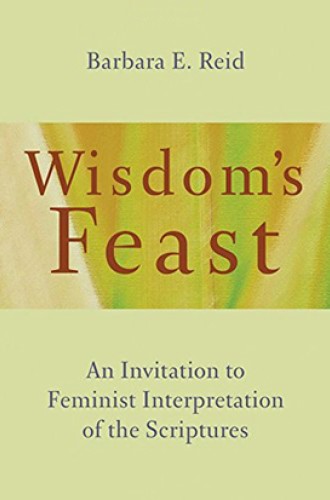Reading the Bible as a feminist
From creation to Mary Magdalene, Barbara E. Reid offers convincing alternatives to sexist interpretations of scripture.
What if I’d learned as a girl that my power did not have to be conferred on me by men? My early experiences with church didn’t help in this regard. Though I often heard messages of God’s love and acceptance, the only people in leadership in my church were male, God was consistently referred to with masculine pronouns, and the preaching consistently favored biblical men as the primary actors. In middle school, boys at church would tease me by quoting passages like “women should remain silent in the church” (1 Cor. 14:34). The deeper implications of this were clear: the Bible could easily be weaponized against people with bodies like mine. Yet, I wondered: Is there an alternative way to read these seemingly problematic texts?
Barbara E. Reid offers just such an alternative. Understanding that the Bible can either “reinforce sexism and violence toward women or [be] a powerful force for change,” Reid interprets a variety of biblical passages from a feminist perspective. Though she generally focuses on gender dynamics within the text, Reid’s understanding that feminism is “committed to the humanity, dignity, and equality of all persons” means she also attends to “inequalities based on race, culture, class, age, and ethnicity.”
Reid proposes a seven-step method for feminist exegesis: (1) begin with women’s experience, (2) identify the interpreter’s social location, (3) ask who says, (4) evaluate what the text does, (5) unleash creative imagination, (6) remember and reconstruct, and (7) take action for transformative change.






